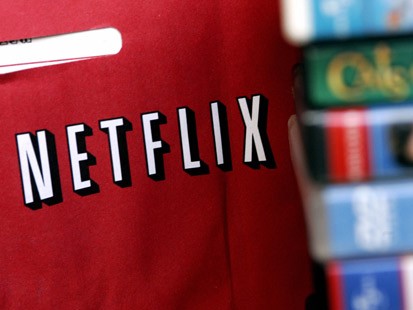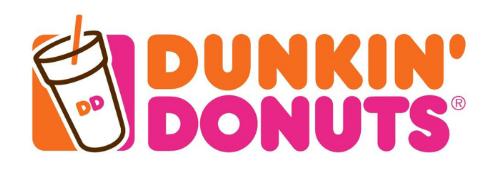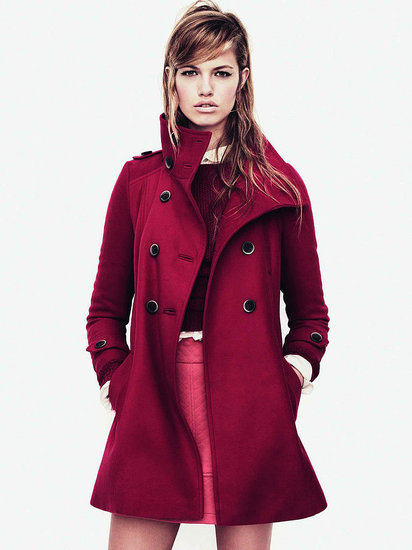
When Hasbro launched the latest reboot of its
My Little Pony franchise in October 2010 with the show
My Little Pony: Friendship is Magic, they aimed to build upon their target audience of 5-8 year old girls. What they didn't expect was a groundswell of support from a different audience of 15-24 year old heterosexual males.
These so-called "bronies" (bro+ponies) initially discovered the show through discussion on 4chan, the internet's most infamous imageboard site. From there the unexpected audience grew as more young adults (male and female) watched Friendship is Magic and enjoyed it for its good animation and writing and relatable characters.
The brony subculture exploded online as they created fan sites, videos, music, and other content dedicated to the show. They even uploaded full episodes of the show to YouTube. Surprisingly, Hasbro allowed the full episodes to stay up on YouTube, which encouraged the brony fanbase to grow even more. Doing so showed that Hasbro was accepting of the unexpected new audience for My Little Pony.
Hasbro not only accepted but embraced the brony subculture by releasing a
Friendship is Magic TV ad that gave a shout-out to the bronies. It's called
Equestria Girls, and it's a parody of Katy Perry's popular song,
California Gurls.
Another summer advertisement for the show also had a more non-traditional flair for the franchise. Near Los Angeles, CA, a billboard for the show went up that parodied a previously released billboard for the adult comedy movie, Bridesmaids.
For their upcoming Halloween episode during their second season, Hasbro has created a "Ponygeist" billboard, which is a parody of the 1982 horror film, Poltergiest.
Through these advertisements, it's apparent that Hasbro has noticed the new audience for My Little Pony and has accepted them. Hasbro has shown that it's not always a bad idea to embrace the unexpected, as the profits from My Little Pony sales and general recognition of the show continue to grow across all audiences, especially among the bronies.

































